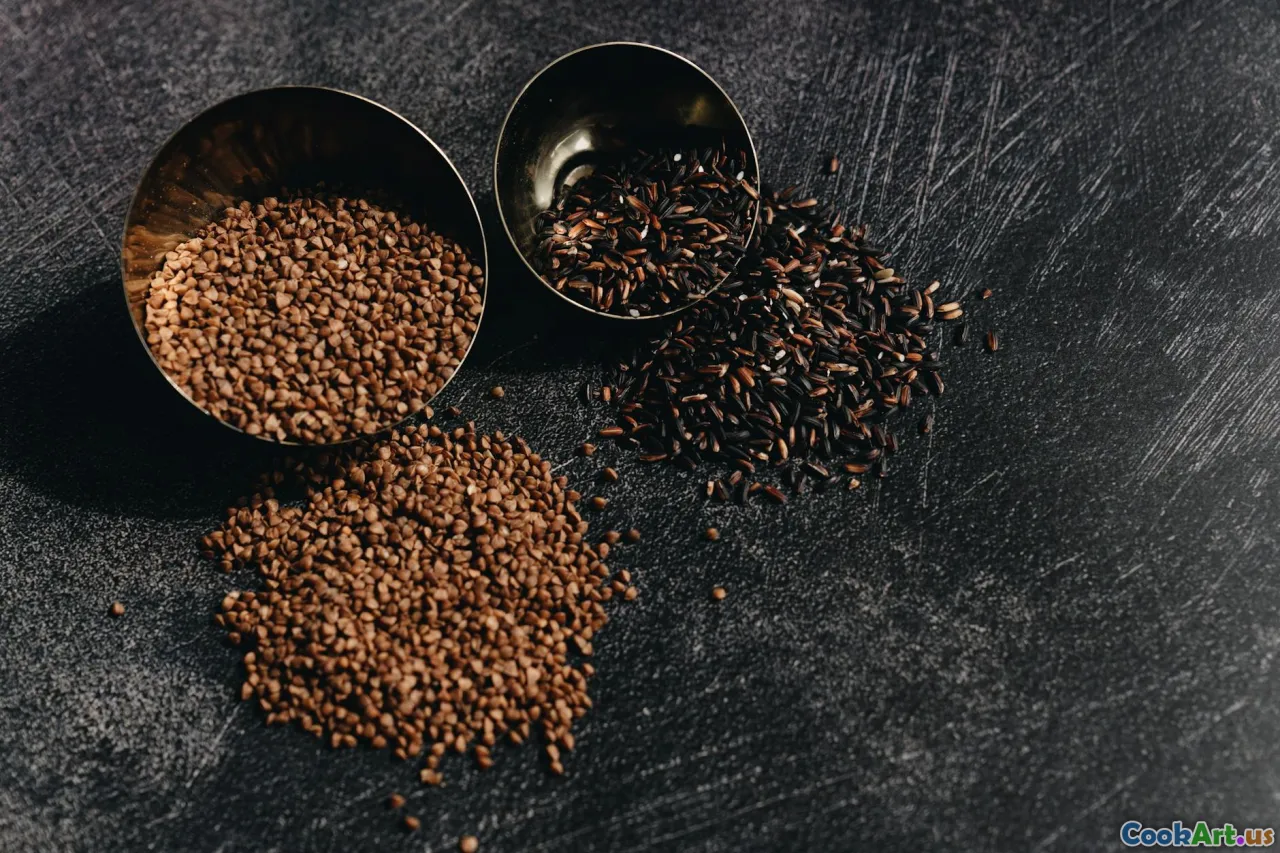Exploring Ancient Grains in Modern Diets
6 min read Dive into the benefits of ancient grains and how they enrich modern diets with nutrition and flavor. April 13, 2025 02:00
Exploring Ancient Grains in Modern Diets
As we navigate the ever-evolving landscape of nutrition, there's a growing interest in the ancient grains that have sustained civilizations for millennia. These grains, often overlooked in favor of more processed options, are making a resurgence in modern diets, touted not only for their nutritional benefits but also for their rich flavors and versatility in the kitchen. In this article, we delve into what ancient grains are, their health benefits, and how to incorporate them into your daily meals.
What Are Ancient Grains?
Ancient grains refer to a variety of grains that have remained largely unchanged over the last several hundred years. Unlike modern hybrid grains, these grains have been cultivated for their unique properties and nutritional profiles. Some of the most popular ancient grains include:
- Quinoa: A complete protein that contains all nine essential amino acids, quinoa is gluten-free and packed with fiber, iron, and magnesium.
- Farro: An ancient wheat grain that boasts a nutty flavor and chewy texture, farro is rich in fiber and protein, making it a great addition to salads and soups.
- Amaranth: Known for its high protein content and rich in lysine, amaranth is also gluten-free and offers a slightly sweet flavor, perfect for porridge and baking.
- Millet: A staple in many parts of the world, millet is versatile and can be used in everything from cereals to salads, providing a good source of B vitamins and minerals.
- Spelt: An ancient relative of modern wheat, spelt is higher in protein and fiber, and can often be easier to digest for some individuals with wheat sensitivities.
Nutritional Benefits of Ancient Grains
1. Rich in Nutrients
Ancient grains are often more nutrient-dense than their modern counterparts. They provide essential vitamins and minerals that are crucial for maintaining health, including:
- Fiber: Promotes digestive health and can help lower cholesterol levels.
- Antioxidants: Combat oxidative stress and may reduce the risk of chronic diseases.
- Vitamins and Minerals: Such as magnesium, iron, and zinc, which are vital for various bodily functions.
2. Gluten-Free Options
Many ancient grains, such as quinoa, amaranth, and millet, are naturally gluten-free, making them an excellent choice for those with gluten sensitivities or celiac disease. They provide a nutritious alternative to gluten-containing grains while adding variety to the diet.
3. Sustainable Choice
Growing ancient grains can be more sustainable than modern grains. They are often hardier, requiring fewer resources and pesticides, which aligns with the increasing consumer demand for environmentally friendly food sources.
Incorporating Ancient Grains into Your Diet
Breakfast Ideas
- Quinoa Porridge: Cook quinoa in almond milk and top with seasonal fruits and nuts for a hearty breakfast.
- Amaranth Pancakes: Use amaranth flour for a protein-packed pancake mix.
Lunch and Dinner
- Farro Salad: Toss cooked farro with roasted vegetables, feta cheese, and a lemon vinaigrette for a delicious salad.
- Millet Stir-Fry: Use cooked millet as a base for a vegetable stir-fry, adding tofu or chicken for protein.
Baking and Snacks
- Spelt Bread: Bake homemade bread using spelt flour for a healthier alternative.
- Quinoa Energy Bites: Combine cooked quinoa with nut butter and honey for a nutritious snack.
Conclusion
As we continue to explore the benefits of ancient grains, it becomes increasingly clear that these nutritional powerhouses deserve a prominent place on our plates. By incorporating them into our modern diets, we not only enhance our health but also connect with the rich culinary traditions of the past. So next time you're at the grocery store or market, consider reaching for these ancient grains and discover the unique flavors and health benefits they offer.
Embrace the trend of ancient grains and elevate your meals with their wholesome goodness!









